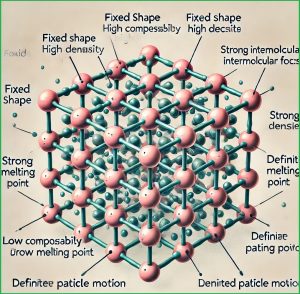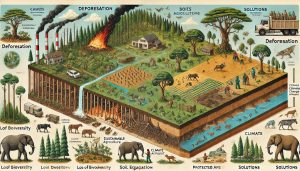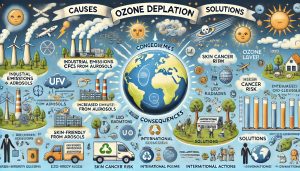The Conductance of Electrolytes: A Detailed Overview Electrolytes, substances that dissociate into ions when dissolved in water,...
Galvanic and Electrolytic Cells: An In-Depth Explanation Electrochemical cells play a pivotal role in converting chemical energy...
Electrochemical cells are devices that convert chemical energy into electrical energy, or vice versa, through the processes...
Solubility, Vapor Pressure, and Related Concepts: A Detailed Explanation The study of solutions is fundamental in chemistry...
Expressing the Concentration of Solutions: An In-depth Exploration Concentration is one of the fundamental concepts in chemistry,...
Types of Solutions: A Comprehensive Guide Solutions are homogeneous mixtures of two or more substances where the...
Crystal Lattice and Unit Cells: A Detailed Explanation Crystalline solids have an ordered, repeating atomic structure, often...
Classification of Crystalline Solids: An In-Depth Analysis Crystalline solids are defined by their highly organized and repeating...
1. Crystalline Solids Definition: Crystalline solids have particles (atoms, ions, or molecules) arranged in a regular, repeating...
The solid state of matter has several unique characteristics that distinguish it from other states, like liquids...
Deforestation: Causes, Impacts, and Solutions Introduction Deforestation, the large-scale removal or destruction of forests, is one of...
Ozone Depletion: Causes, Consequences, and Solutions Introduction The Earth’s ozone layer, located in the stratosphere, plays a...
Greenhouse Effect and Global Warming: Causes, Consequences, and Solutions Introduction The concepts of the greenhouse effect and...
Radioactive Wastes: Types, Management, and Environmental Impact Introduction Radioactive waste is a by-product of various human activities,...









